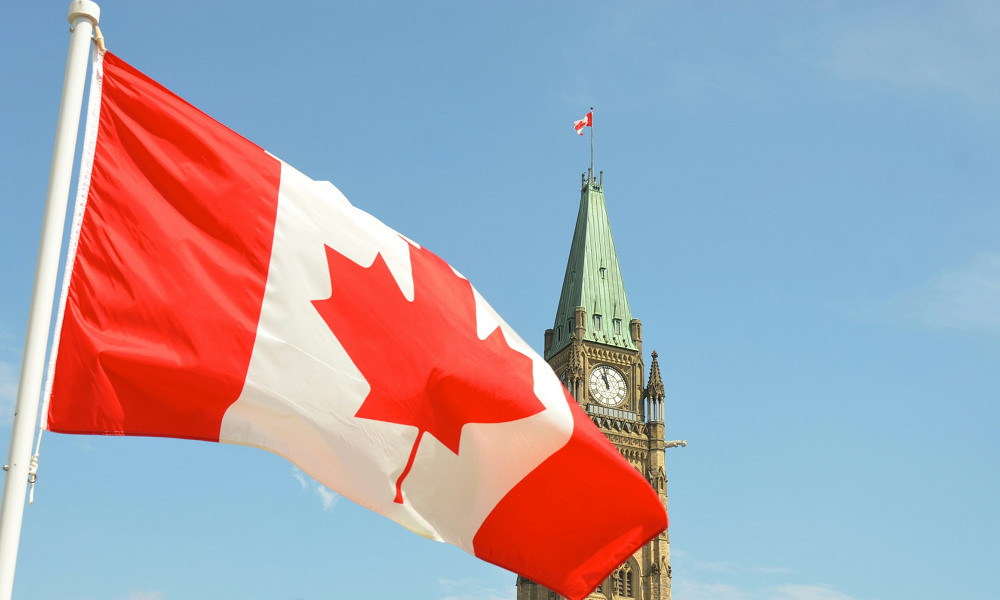Reviews
How to Manage Your Canadian RRSP After Relocating for Work

Relocating to the United States for work changes how your retirement savings fit into your financial life. Two tax systems now touch the same money, and small choices about your Canadian RRSP can create big long-term consequences.
Many professionals focus on visas, housing, and the new job first. RRSP questions arrive later, often under time pressure, when correcting mistakes already costs money. Clear guidance early in your move makes every later tax season easier and less stressful for you and your advisory team.
Understanding Your RRSP as a Cross-Border Worker
Moving south does not close your RRSP. It stays in Canada, while you become a U.S. tax resident who reports worldwide income.
After you move, Canada may stop treating you as a resident for most taxes, but it can still take tax when you withdraw money from your RRSP. The Canada-U.S. tax treaty is there to keep both systems from clashing, but it only really helps if your filings match the rules in each country.
Every RRSP decision you make after relocating should reflect how long you expect to stay in the United States, your family’s situation, and where your career is heading.
What Is an RRSP and How Does It Work Cross-Border?
An RRSP is a registered Canadian retirement savings plan. Contributions often create a deduction in Canada, and investment growth remains tax-deferred until withdrawal.
After relocation, you keep the RRSP in Canada. The tax treaty can allow continued tax deferral in the United States while funds stay inside the account.
You still need to report the account properly on U.S. forms. The IRS wants visibility into foreign assets, even in years with no withdrawals.
Any future RRSP withdrawal can face Canadian tax and U.S. tax. Planning the timing, size, and purpose of each distribution helps reduce combined tax.
Common Mistakes After Relocating
People repeat the same RRSP errors after a move. Typical problems include the following issues.
- Premature withdrawals that pay short-term expenses but trigger high tax and withholding.
- Failing to disclose the RRSP on the required U.S. information returns.
- Missing FBAR or FATCA filings once account values cross reporting thresholds.
- Ignoring Canadian non-resident withholding rules on post-move withdrawals.
- Treating Canadian and U.S. retirement planning as separate projects instead of one coordinated plan.
Why Professional RRSP Management Matters
RRSP decisions now depend on Canadian rules, U.S. rules, and treaty rules. Reading forms alone rarely gives a clear picture.
Cross-border advisors focus on preserving the value of your savings. They help you follow both systems, reduce unnecessary tax, and avoid penalties.
Expert Tax Treaty Analysis
The tax treaty explains how each country can tax your income and retirement accounts. It includes special rules for residents who have ties in both countries.
An advisor studies your days of presence, home ties, and long-term plans. They apply treaty provisions to your specific situation, not to an abstract example.
That work can identify where withdrawals should be taxed, which country should grant credits, and how to avoid double taxation over time.
Proper Reporting & Compliance
RRSPs often require several U.S. forms. You may need FBAR reporting for foreign accounts and Form 8938 for specified foreign financial assets.
Some taxpayers have earlier filings or elections related to Form 8891. A professional reviews prior returns, confirms which forms the IRS has, and spots gaps.
If filings are missing, advisors help choose a correction path that reduces penalty exposure. Clean records support future immigration steps and reduce audit risk.
Coordinated Cross-Border Strategy
Your RRSP is only part of your retirement picture after relocation. You may now hold a 401k, IRA, or employer stock plan in the United States.
With a coordinated strategy, you review every account together rather than making decisions one by one. You set clear priorities for new savings, map out a withdrawal order, and choose investments that support the same overall plan.
This reduces the risk of clashing moves, like heavy withdrawals on the Canadian side that bump your U.S. income into a higher bracket.
Professional Guidance vs. DIY
Blog posts and off-the-shelf tax tools are useful for background, but they tend to miss the fine print in cross-border cases.
When you work with a specialist, the recommendations are based on your own income, visa record, family needs, and how much risk you are willing to take.
Avoid Costly Tax Errors
A single misstep can create years of higher taxes. An unplanned RRSP withdrawal might lose treaty benefits and limit the use of foreign tax credits.
Experienced advisors know where CRA and IRS rules create common traps. They review key decisions before you act, which often saves more than their fee.
Personalized Solutions
No standard template fits every relocating professional. One person may plan a short stay, while another expects a permanent move.
Advisors consider age, account size, health, career plans, and future moves. They then suggest keeping the RRSP, converting to a RRIF, or drawing structured withdrawals.
Peace of Mind
Relocation already fills your calendar with forms and deadlines. Trying to master cross-border tax rules at the same time can feel exhausting.
Professional guidance lets you focus on work and family while specialists manage technical details. You still decide, but you decide with clarity.
When to Seek Professional Help
You do not need to wait for a problem to appear. Certain situations signal that expert help is smart.
- First-time relocators who have never filed U.S. tax returns with foreign accounts.
- Individuals with substantial RRSP balances where mismanagement could result in significant losses.
- Professionals planning long-term or permanent work in the United States.
- People with complex compensation, such as bonuses, stock options, or deferred pay.
Final Takeaways
RRSP choices after relocation can affect your retirement for decades. Quick decisions often bring permanent tax results.
Take time to review every major step involving your RRSP. Treat cross-border advisors as partners in compliance and tax planning, not as a last resort.
Learn your reporting duties early so penalties never become part of your relocation story. Revisit your RRSP strategy each year as income, residency, and family plans evolve.

-

 World4 days ago
World4 days agoEthiopian volcano erupts for first time in thousands of years
-

 Legal1 week ago
Legal1 week agoMichigan man JD Vance sentenced to 2 years for threatening Trump and JD Vance
-

 Legal1 week ago
Legal1 week agoWoman in critical condition after being set on fire on Chicago train
-

 Legal23 hours ago
Legal23 hours agoUtah Amber Alert: Jessika Francisco abducted by sex offender in Ogden
-

 World1 week ago
World1 week agoHurricane Melissa registered 252 mph wind gust, breaking global record
-

 Legal7 days ago
Legal7 days agoSuspect in San Diego stabbing shot by authorities after fleeing into Mexico
-

 Legal1 week ago
Legal1 week ago1 dead, 2 injured in shooting at Dallas Walmart parking lot
-

 Health1 week ago
Health1 week agoMarburg virus outbreak in Ethiopia grows to 6 confirmed cases




